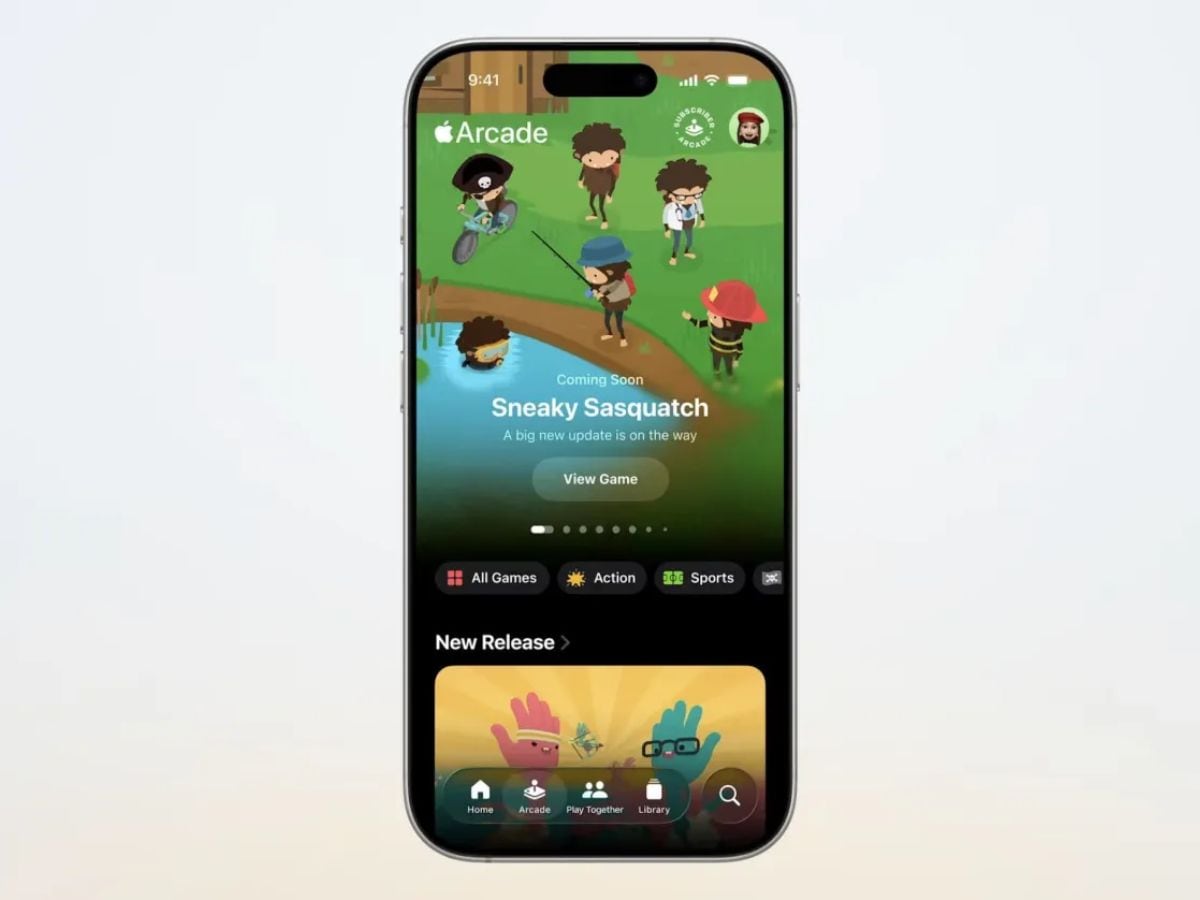On Reddit, Instagram or Tiktok, the images of the period “restored” by Chatgpt multiply. These are not classic restorations as one could imagine, but rather faithful recreations, produced by artificial intelligence from black and white clichés. The result: old portraits reinterpreted in color, with better definition, erased damage, and sometimes even recreated details.
A waouh effect that goes around the networks
The craze began on a Reddit forum, where a skeptical user shared his tests. The community has refined a prompt now widely shared: ” Thank you for setting up and coloring this photo of which I have the rights, respecting the time. Does not modify the expression, the installation, the background or the clothes; Add only colors and details loyal to the period. The new image must be superimposed perfectly with the original. »
The result bluff as much as it amuses. If the faces recreated can sometimes seem too perfect to be completely faithful, the process offers a unique way – and more respectful than certain caricatured filters – to bring back to life to its family archives. As a user sums up: ” It’s not really restoration, but it’s a bit like a talented counterfeiter seized your photo to make it a high definition version. »
To support this trend, Openai has discreetly put online a “library” of images directly accessible from the web version or the mobile chatgpt application. Free and open to all users, whatever their type of subscription, this section allows you to consult all the images generated via the chatbot, to sort them, save them, share them – and above all, to modify them.
By clicking on an image, the user accesses a complete editor: selection of an area to be retouched, entry of textual instructions, cancellation of a step … The whole is supposed to remain fluid and accessible, even on smartphone.
The system also makes it possible to edit the images on the fly by verbally describing the desired changes, such as ” Add a sifted light in the background »Or« Change the dress to red ». On mobile, the tools are identical to those of the site, with an optimized touch -up interface.
In parallel, Google also muscles its image editing tools generated by AI, via its Gemini application. Users can now modify images using simple requests: change the background, replace an object, or even experience new styles, such as hairstyles.
The tool retains the context of modifications throughout a session. And to supervise these uses, Google applies an invisible filigree (Synthid) on all the edited images, in order to limit the risks of misuse.
Between Openai and Google, the battle is now playing in the field of creativity and retouching. And to see social networks seize old photos as a field of experimentation, it is a safe bet that these tools will not stay in the shadows for a very long time.
🟣 To not miss any news on the Geek newspaper, subscribe to Google News and on our WhatsApp. And if you love us, .











